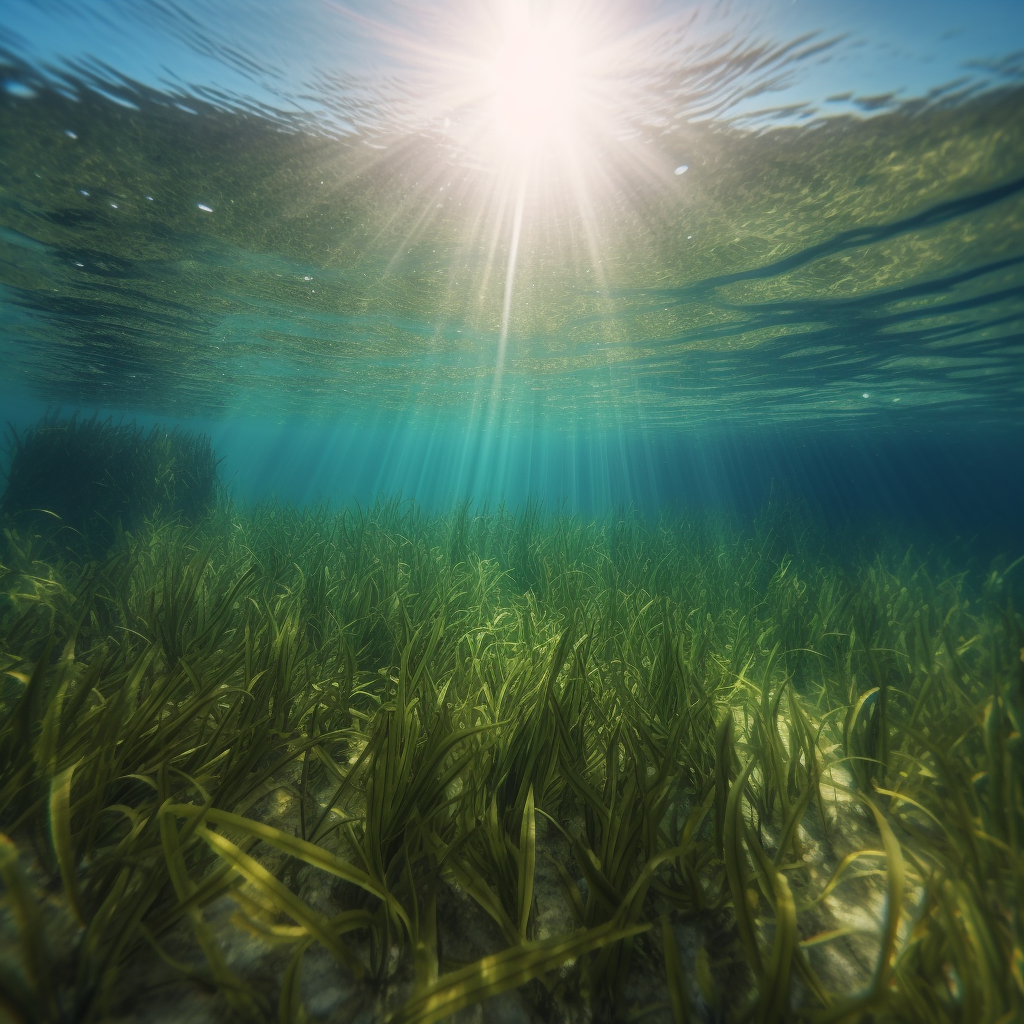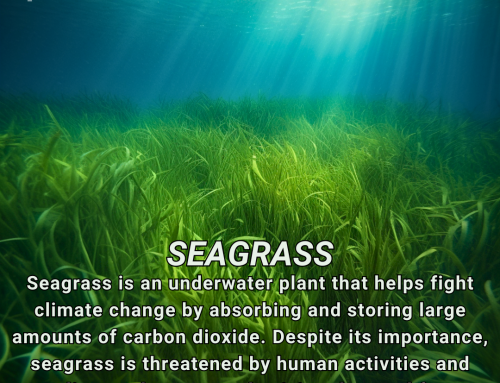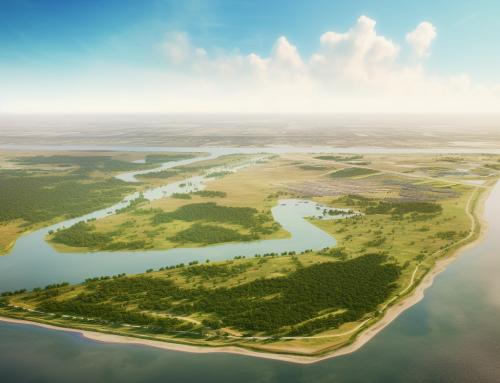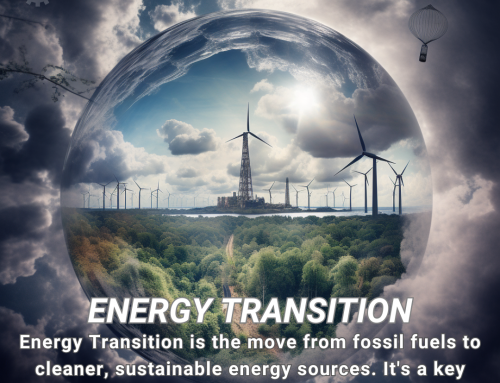Seagrass meadows may not be as well-known as their terrestrial counterparts, but they play a crucial role in the fight against climate change. These underwater ecosystems have the ability to capture and store carbon at an astonishing rate – 40 times faster than tropical rainforests, to be exact. By doing so, they help mitigate the effects of greenhouse gas emissions and reduce the impact of climate change.
But seagrass meadows do more than just store carbon. They also provide a lifeline for marine life by reducing the acidity of seawater. This is particularly important given the alarming rate at which oceans are becoming more acidic due to increased carbon dioxide in the atmosphere. Seagrass meadows also provide a vital source of habitat for important fisheries and support rich biodiversity. As such, their decline is a serious concern.
To protect seagrass, we must address the threats it faces from pollution and coastal development. Human activities such as dredging, nutrient runoff, and boat traffic can all harm seagrass meadows. In addition, climate change is also having a negative impact, with rising sea levels and warming waters affecting their growth and survival.
Seagrass meadows are not the only ocean ecosystem that can help fight climate change. The ocean as a whole plays a critical role in capturing and storing carbon, from phytoplankton to marine snow. By promoting phytoplankton growth, ocean upwelling can enhance carbon sequestration and support marine life. Protecting and restoring ocean ecosystems – from coral reefs to kelp forests – is key to unlocking their full potential as powerful carbon sinks.
One innovative approach to enhancing carbon sequestration is through iron fertilization of phytoplankton. By adding iron to the ocean, phytoplankton growth can be stimulated, leading to increased carbon capture. While this approach has shown promise in small-scale experiments, more research is needed to fully understand its feasibility and potential environmental impacts.
Another potential source of cleaner energy is methane hydrates, a potent greenhouse gas trapped beneath the ocean floor. Researchers are exploring ways to extract methane from hydrates and potentially use it as a source of energy with a lower carbon footprint. However, it is important to consider the potential environmental impacts of extracting methane hydrates before pursuing this technology on a larger scale.
The ocean has a crucial role to play in the fight against climate change. From seagrass meadows to phytoplankton to methane hydrates, there are a variety of ocean ecosystems that can help mitigate the effects of greenhouse gas emissions. By protecting and restoring these ecosystems, we can unlock their full potential as powerful carbon sinks and help ensure a more sustainable future for our planet.







